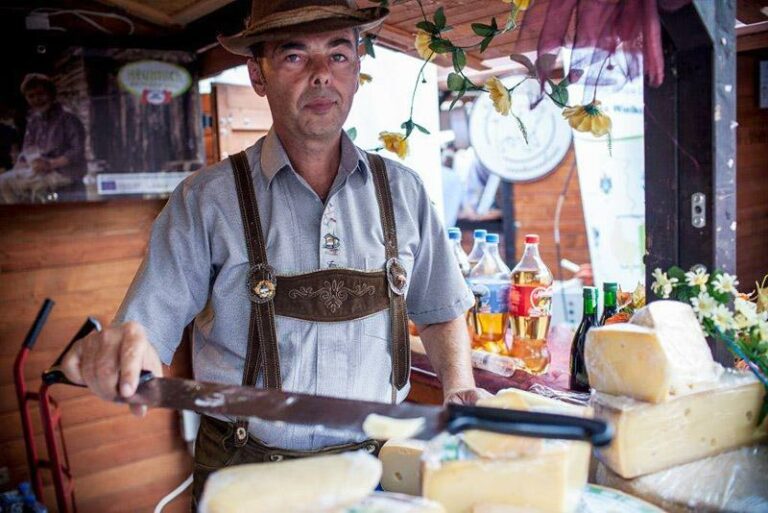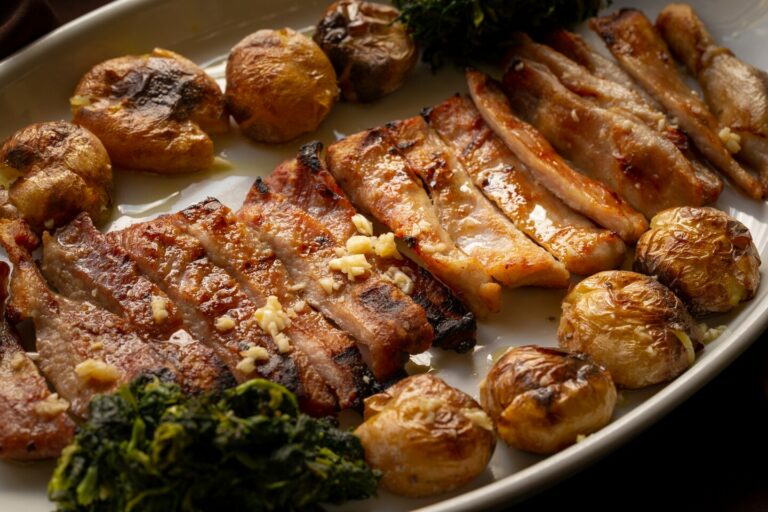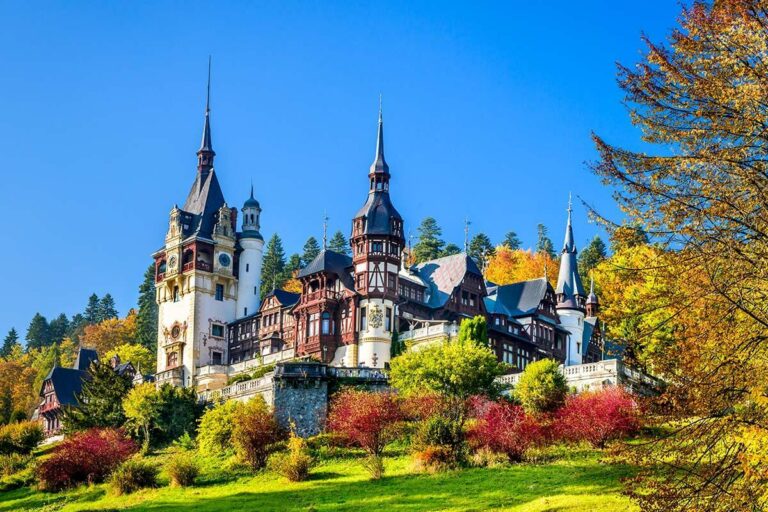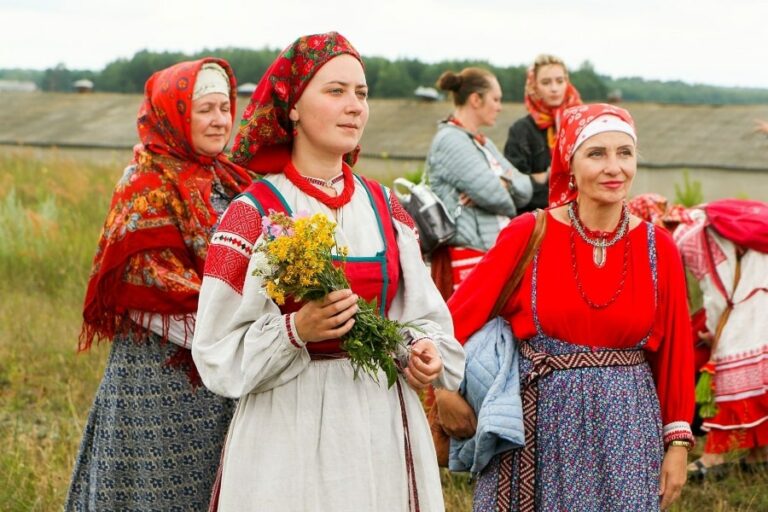Introduction: Poland’s Rich History
Poland has a rich and distinct cultural heritage that is reflected in its cuisine. Poland’s location in Central Europe has made it a crossroads for many different cultures, and this has had a significant impact on its food and drink. The country’s cuisine is a blend of its own unique traditions and those of its neighbors, including Germany, Russia, and Austria. Additionally, Poland’s historical context has played a significant role in shaping its cuisine.
The Medieval Influence on Polish Cuisine
The medieval period in Poland was characterized by the influence of foreign invasions, trade, and cultural exchange. Polish cuisine during this period was heavily influenced by Germany, Italy, and France. The introduction of wheat, which was not grown in Poland before the Middle Ages, led to the development of dishes such as dumplings, noodles, and bread. The use of spices and herbs such as saffron, ginger, and cloves became popular in Polish cuisine during the medieval period.
The Impact of the Renaissance on Polish Cuisine
The Renaissance period marked a new era of cultural and artistic expression in Poland. The country’s aristocracy began to patronize artists, musicians, and cooks. This led to the introduction of new dishes and culinary techniques in Polish cuisine. The use of exotic ingredients such as fruit, sugar, and cinnamon became widespread. The Renaissance also saw the development of new cooking methods, such as roasting meat and baking desserts.
The Baroque Period and Polish Cuisine
The Baroque period in Poland was marked by a flourishing of art, architecture, and culture. Polish cuisine during this time was heavily influenced by French cuisine. The use of cream, butter, and cheese became more prevalent in Polish cooking. The Baroque period also saw the introduction of new dishes such as beef stroganoff and crème brûlée.
The Partition Era and Polish Cuisine
The Partition Era saw Poland divided into three parts, each controlled by a different foreign power. This period was marked by poverty and political oppression, and the country’s cuisine suffered as a result. Many traditional dishes were lost, and the availability of food was severely limited. However, the Partition Era also saw the emergence of new dishes such as borscht, which became popular during this time.
The Modern Era and Polish Cuisine
The modern era in Poland has seen a revival of traditional Polish cuisine. After the fall of communism in 1989, there was a renewed interest in Polish history, culture, and cuisine. This led to a rediscovery of traditional dishes and ingredients, and a renewed appreciation for the country’s culinary heritage. Today, Polish cuisine is a blend of traditional dishes and modern innovations, reflecting the country’s rich cultural history and contemporary tastes.




